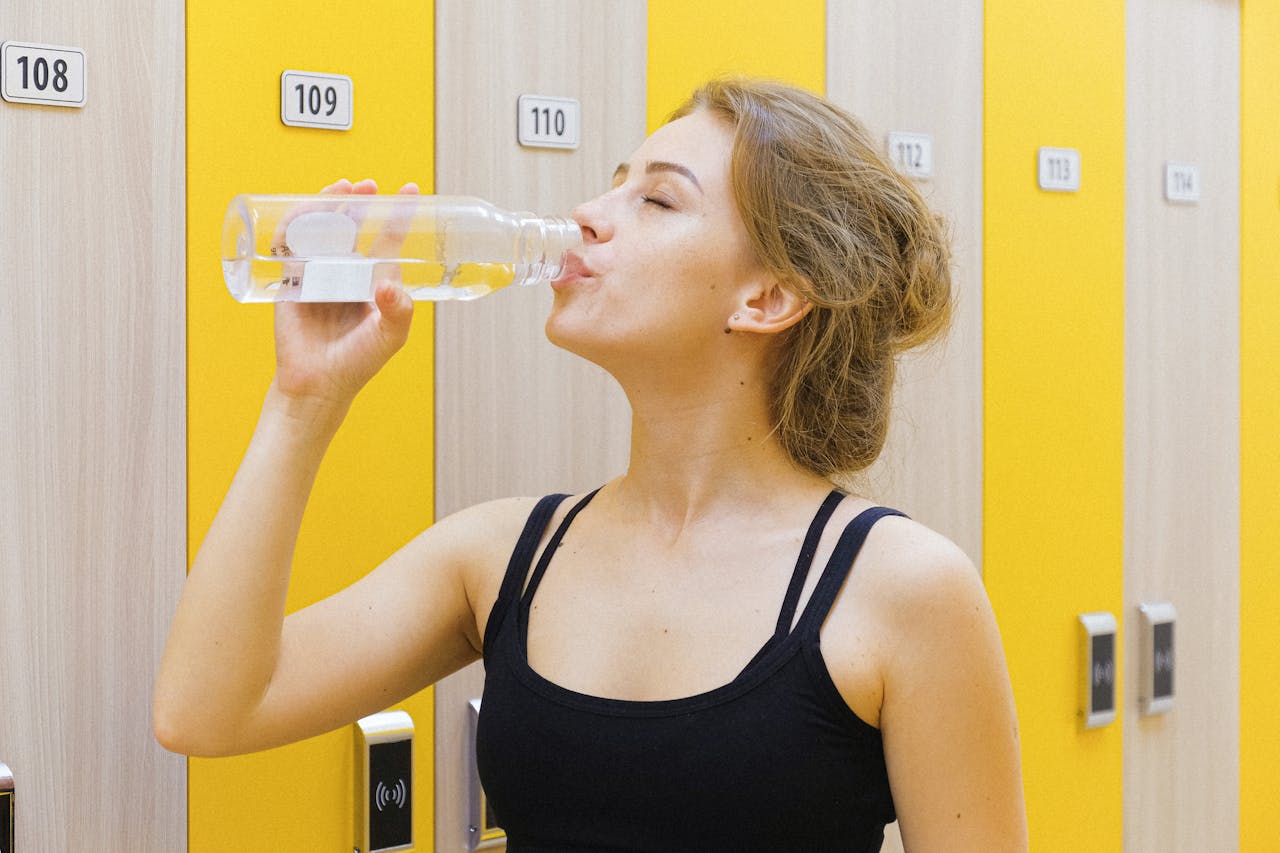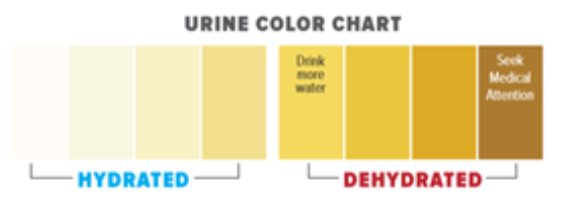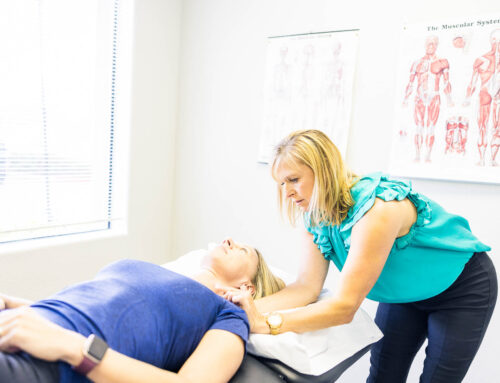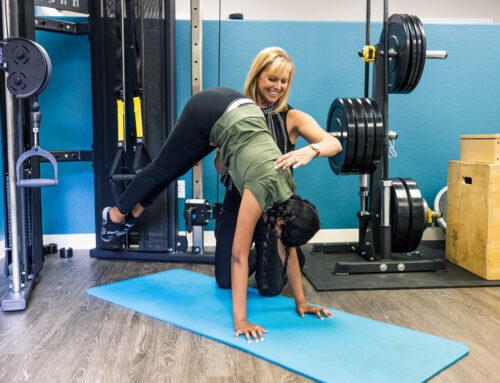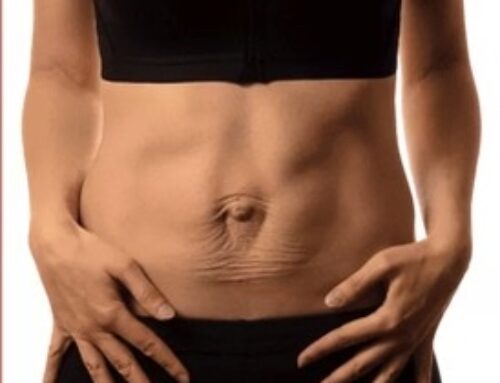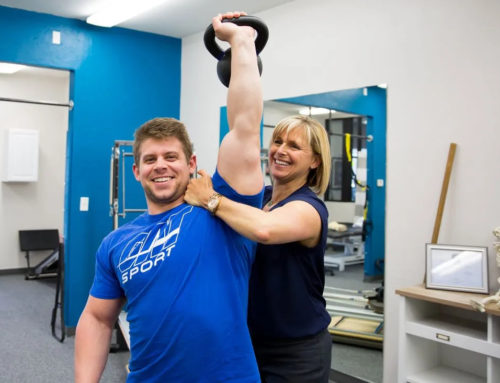How Water, Electrolytes and Food all Play a Role in Hydration for Athletes
Hydration is an important part of an athlete’s health. When an athlete trains or competes, hydration (water and electrolytes) is lost through the skin as sweat, and through breathing…and athletes breathe a lot while training! Since humans are on average 50-60% water, staying hydrated before, during, and after competition and athletic training is important to an athlete’s overall health and performance.
What is Dehydration?
Dehydration can be measured as a 2% or greater decrease in body weight during a single training or competitive outing. That means a 150-pound athlete only needs to lose three pounds of hydration to start feeling the effects of dehydration. Dehydration increases physiological strain and perceived effort to perform the same exercise task, this is accentuated in warm or hot weather.
Effects of Dehydration
- Burns through your stored energy (glycogen) faster
- Makes you feel like you are working harder than you are or feel tired quicker
- Creates altered metabolic function, which could lead to muscle cramping, etc.
- Reduces cognitive and mental performance
- Increases body temperature and heart rate. If the body is not adequately cooled and hydrated to alleviate this effect, more serious health conditions can occur like heat stroke or further cardiovascular and kidney strain.
How to Stay Hydrated
Choose Water First
Hydration comes primarily from drinking water daily, and secondarily from fresh food consumed at mealtime and for snacks. Fluid consumption should mainly be from water during the day. If you find plain water “boring,” add a slice of lemon or lime or some strawberries. If you like the flavor of pickles, add a pickle or two to your water. It gives it some flavor and pickles also have electrolytes so you’re killing two birds with one stone!
Use electrolyte powders and tablets to fortify your water in the minutes before or during competition, especially if the game will be longer than one hour or is in high temperatures. These are also good to use after training, especially if more than 2% of your body weight is lost. Our favorite electrolyte supplements are LMNT and NUUN Hydration. Both don’t have any sugar or any fillers and have clean, science-based formulation. They are also both readily available at grocery stores or online.
Remember electrolyte supplements are NOT sports drinks or energy drinks! Avoid sports drinks and energy drinks at all costs. These are full of sugars and chemicals and caffeine and are not good for athletes or anyone to replenish hydration.
Foods that are Good for Hydration
Eating well sets you up for good hydration throughout the day. It is hard to chug water when you are actively playing on the field, but you won’t have to if you’ve had good nutrition all day to keep you hydrated. Foods that are rich in electrolytes are great for hydration. Some of these include:
- Potassium: Bananas, beet greens, salmon, white beans, avocado, potatoes, milk, mushrooms
- Sodium: Dill pickles, clams, table salt, cheese, dry-roasted sunflower seeds
- Magnesium: Spinach, pumpkin seeds, lima beans, tuna, brown rice, almonds
- Phosphorous: Yellowfin tuna, tofu, milk, chicken, scallops, pumpkin seeds, quinoa
- Calcium: Milk, cheese, spinach, tofu, yogurt, okra, trout, acorn squash
Eating well is important every day, but especially on game days. If it is available, coaches should try and do team lunches on game days to make sure players are eating and drinking the right foods and drinks for nutrition and hydration.
Guidelines for Hydration
The amount of hydration an athlete needs to take in daily depends on many variables: body weight, sweat rate, duration of training, temperature and humidity of the training or competition environment, and the type of training gear or equipment worn.
Overhydration can happen when re-hydration occurs too quickly, especially in the absence of electrolytes and when hydration is not spread throughout the day. While hypohydration (too much water at a time) is rare, the effects can be very serious, so spread it out!
Tips for Staying Hydrated
- Carry a reusable water bottle that has a top you like to drink out of. Doesn’t matter if it is a sports top, straw top, open top – you’ll drink more if you use a top you like to drink out of!
- Spread hydration out throughout the day.
- Do not wait until you feel thirsty to drink, by the time you are thirsty you can already be dehydrated.
- Pay special attention to hydrating in the hours before a game.
- Hydrate during the game – 4-6 ounces for every 20 minutes depending on sweat rate and environment temperature.
Monitor Hydration Status
Weight Change
To establish a baseline, at each season change, athletes should weigh themselves before and after competition and training a few times to get an average amount of body weight lost during both. This weight change will help to direct the amount of hydration to consume after training and competition to rehydrate. It will also let you know if you possibly need to consume more during training or competition.
Urine Color
Urine concentration (color) can be a useful tool to use at home to track hydration status. Use the color chart as a guide. Urine should remain in the lighter yellow zones and be clear (not cloudy).
Refill with Purpose
Rehydrate slowly after competing. For every pound lost during competition or training, consume about three cups (or 24 ounces) to support rehydration.

